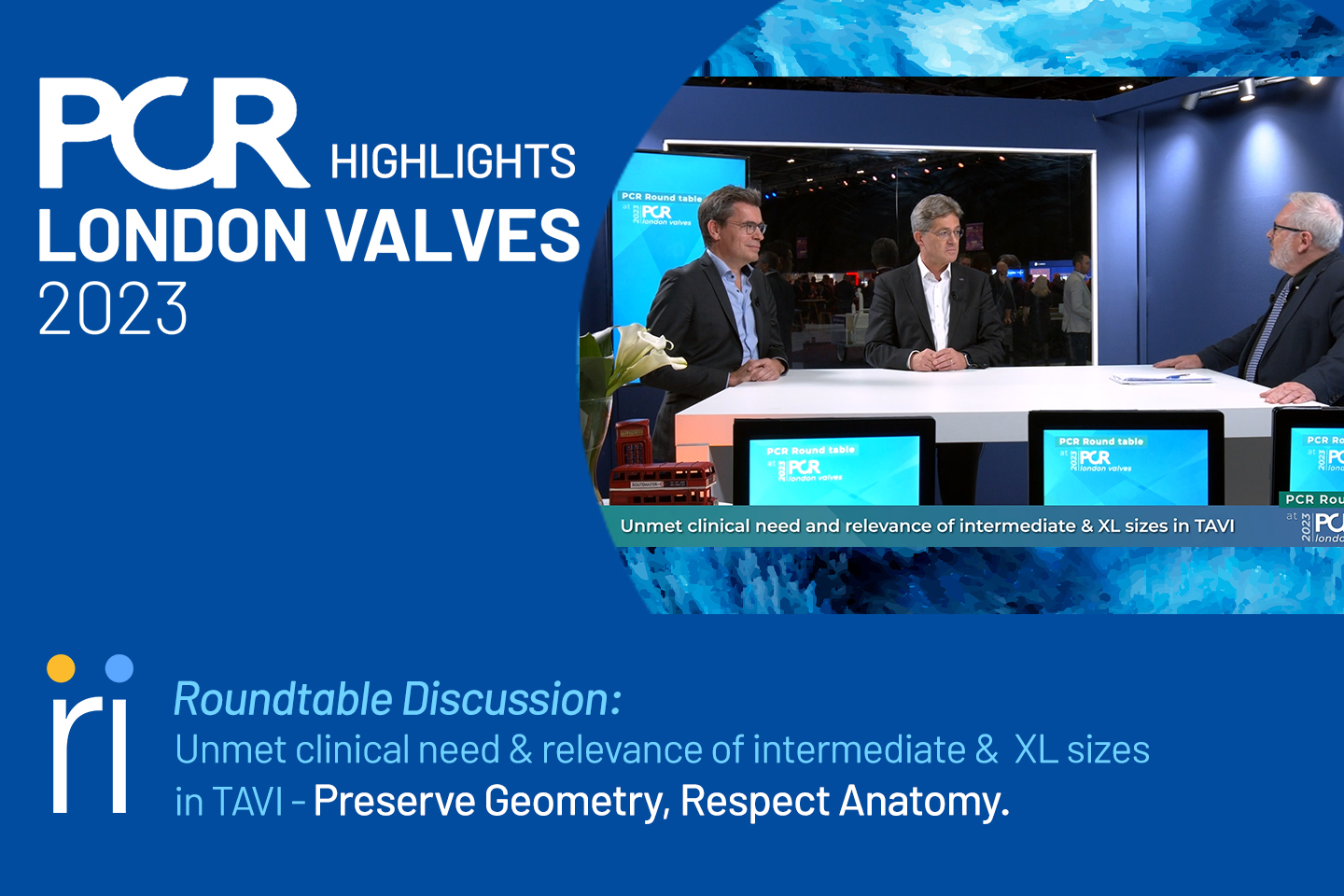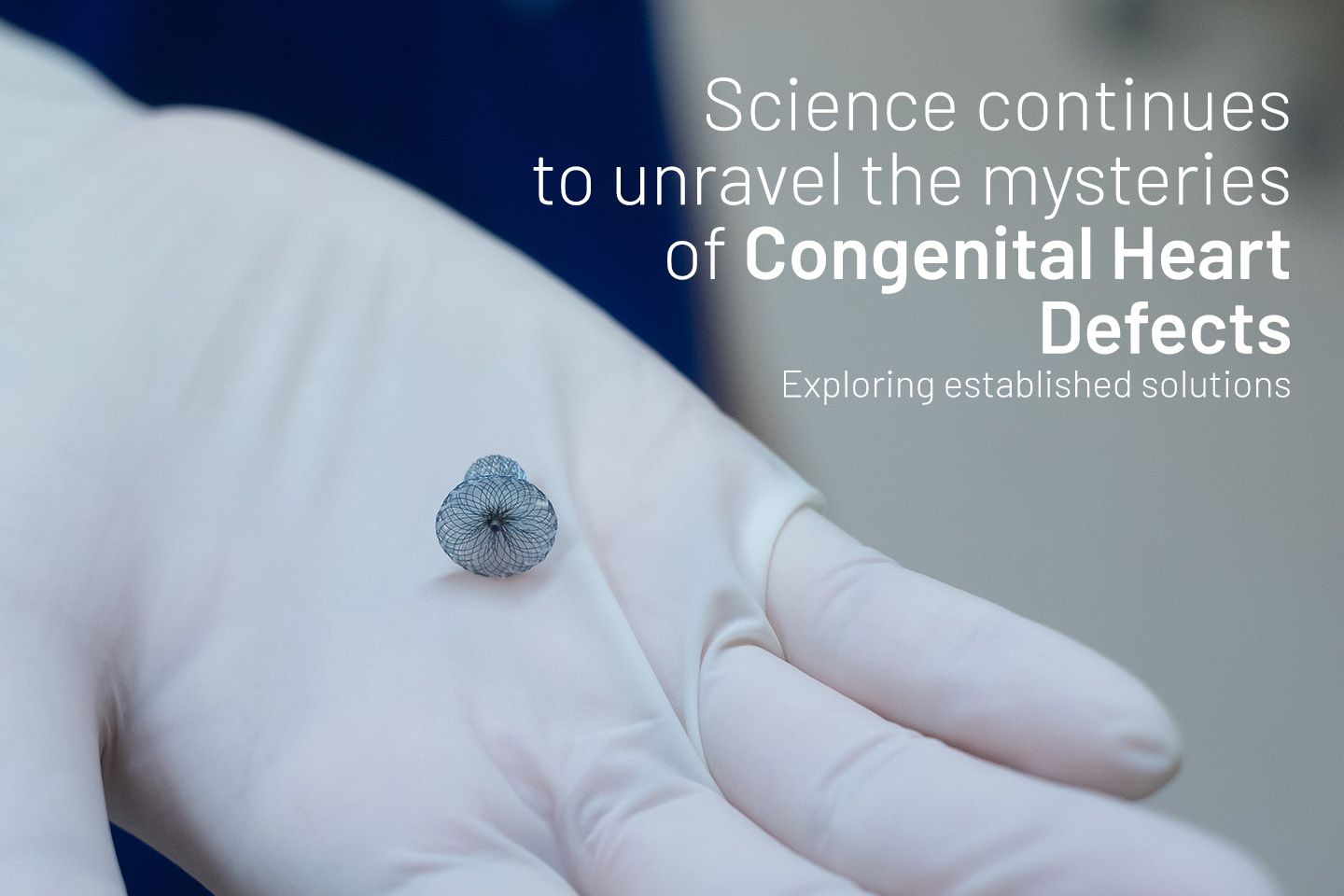Medical Devices
Unmet clinical need and the relevance of intermediate and XL sizes in TAVI - Preserve Geometry, Respect Anatomy

A remarkable discussion unfolds at PCR London Valves 23, with Prof. Patrick Serruys, leading Professor of Interventional Cardiology at the University of Galway, Ireland, in conversation with Prof. Christian Juhl Terkelsen, esteemed Clinical Professor at Aarhus University, along with Prof. Andreas Baumbach, Chair of Device Innovation and Consultant Interventional Cardiologist at the Barts Heart Centre and Queen Mary University of London - Imparting invaluable insights concerning the vital role of an inventory of intermediate and XL sizing to better treat patients with unique and large valvular anatomies.
Transcatheter Aortic Valve Replacement (TAVR) has revolutionized the field of cardiology, offering a minimally invasive approach for patients with aortic valve diseases. However, every heart is as unique as the person it belongs to, and so are their valvular anatomies. The traditional approach of using only standard valve sizes can lead to suboptimal results and increased risk of complications. Intermediate valve sizes in TAVR allow for a more tailored approach, ensuring a better fit and improved functionality.
Professor Andreas Baumbach stresses that the anatomical variations among patients are imperative and need to be considered, making it crucial to have a variety of "appropriate" valve sizes available, further emphasizing the role of intermediate valve sizing, leading to observations of "less embolization, rupture, and fewer paravalvular leaks" and garnering "optimal haemodynamic results."
Professor Christian Juhl Terkelsen refers to previous publications indicating that when given the possibility to choose from intermediate valve sizing and XL sizes during implantation procedures, doctors tend to choose intermediate and XL sizes in around 40% of cases. Further emphasizing his personal experience, he says, "when there is a possibility, we choose intermediately sized valves in 1 out of 3 patients."
Professors Patrick Serruys and Christian Juhl Terkelsen elucidate remarks on the role of valve sizing in relation to patient demographics, asserting that valvular sizes differ in patients from "country-to-country," recalling from personal experience, Professor Terkelsen explains how larger valvular anatomies and intermediate sizing are observed in certain geographies and patient subsets. Some patients might have a smaller aortic annulus, while others may have a larger one requiring XL sizes to proceed with TAVR. Intermediate and XL sizes provide a middle ground, catering to those whose hearts fall between and beyond the standard size options.
Incorporating intermediate valve sizes into TAVR procedures is not just about accommodating different anatomies; it's about respecting the uniqueness of each patient's heart and thereby harness the best possible results through determining an appropriately sized valve for implantation. This approach enhances the precision and success of the procedure, reducing the risk of complications and ensuring better long-term outcomes, such as allowing for future growth and treating asymmetric calcification among other benefits, since along with anatomy, a patient's overall health and requirements differ significantly.
In conclusion, the need for intermediate valve sizes in TAVR cannot be overstated. Recognizing the diversity of heart valve sizes among patients and addressing their anatomical and clinical requirements is at the core of providing exceptional care. By embracing intermediate and XL valve sizes, we take a significant step toward a more patient-centered approach in the world of cardiac interventions. It's a heartfelt commitment to improving the lives of those who entrust us with their hearts.
Delve into the official PCR roundtable discussion from London Valves '23 for a comprehensive understanding of this pressing, unmet need, along with the latest ingenious advancements, augmenting valve sizes, and adding to an expansive inventory to significantly improve patient-centricity:





